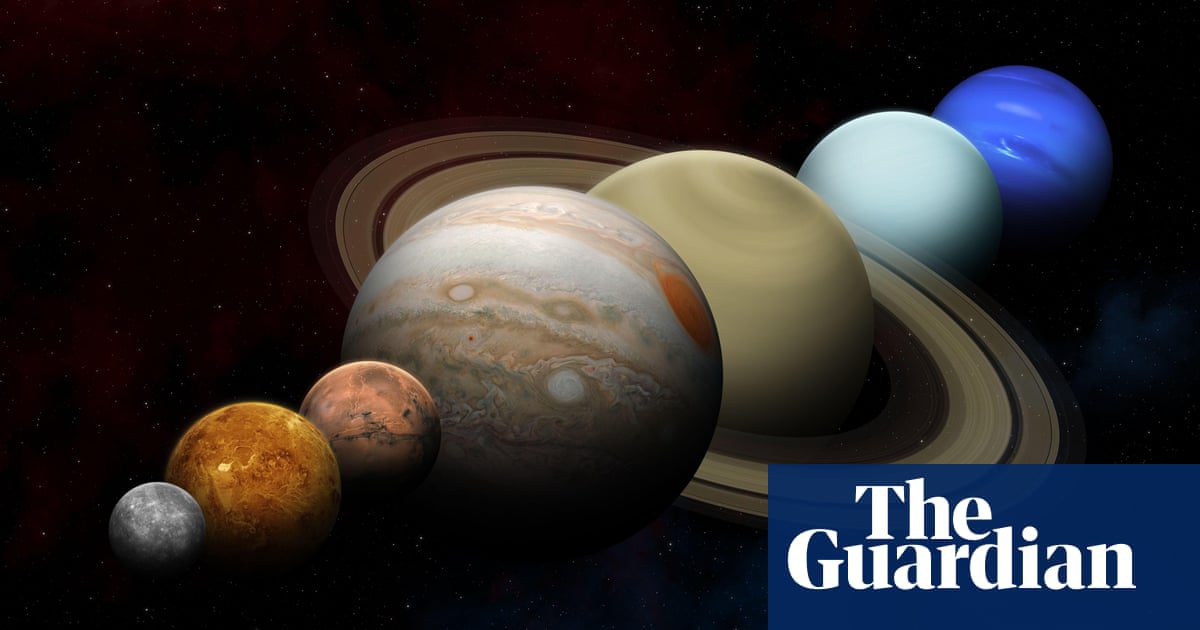
On the final day of February, a spectacular celestial event will occur as seven planets align in the night sky, a phenomenon often referred to as a planetary parade.
This extraordinary display takes place when multiple planets seem to line up in the night sky simultaneously.
“A planetary parade is an occasion when several planets can be observed together in the night sky,” explained Dr. Greg Brown, an astronomer at the Royal Observatory Greenwich, in a statement to PA Media. “The magnificence of this parade will depend on the number of planets present and their visibility.”
This week, all seven planets can technically be seen in the sky at once, although some are more challenging to spot than others.
“Mercury, Neptune, and Saturn are situated quite low on the horizon during early evening hours, and Neptune and Saturn can be particularly difficult to view against the twilight sky,” remarked Brown. “Additionally, Uranus, similar to Neptune, is quite dim, making it nearly impossible to see without using binoculars or a telescope.”
“In contrast, Venus, Jupiter, and Mars are easily observable with the naked eye.”
According to NASA, visible gatherings of four or five planets occur every few years.
“Seeing groups of three, four, or even five planets is not unusual and occurs several times throughout the year,” Brown noted. “However, achieving visibility for all seven planets simultaneously requires a perfect alignment, making such events considerably rare.”
The next occurrence of all seven planets aligns in 2040.
A similar conjunction happened last June, allowing only two planets to be viewed without the aid of equipment. In January, six planets were visible, with four discernible to the naked eye, and now a faint Mercury has joined the lineup.
This month, stargazers can enjoy views of Venus, Mars, and Jupiter without the need for specialized tools. However, Saturn and Mercury are positioned low on the horizon, making them difficult to detect. Uranus and Neptune can be observed with binoculars or telescopes.
“Planetary alignments occur because the planets orbit the Sun within a similar orbital plane known as the ecliptic,” explained Dr. Shyam Balaji, a researcher in astroparticle physics and cosmology at King’s College London. “Since these planets travel at varying speeds and distances from the Sun, there are moments when they appear to align from our viewpoint here on Earth.”
Balaji noted that the optimal time for viewing this alignment in the UK is on February 28, shortly after sunset when the planets will be situated above the western horizon. The same viewing conditions apply in Australia, where observers should look north after sunset, and in the US, where experts recommend heading outside about 30 minutes after sunset to avoid bright lights.
Stargazing apps can assist in locating these planets shortly after sunset worldwide.
To spot the planets with a telescope, Brown suggests searching for moon-like shapes. “When using a telescope, look for the moons of Jupiter or try to perceive the illuminated part of Venus, resembling a tiny crescent moon.”
The planets will gradually vanish from view as spring approaches.
With contributions from PA Media









